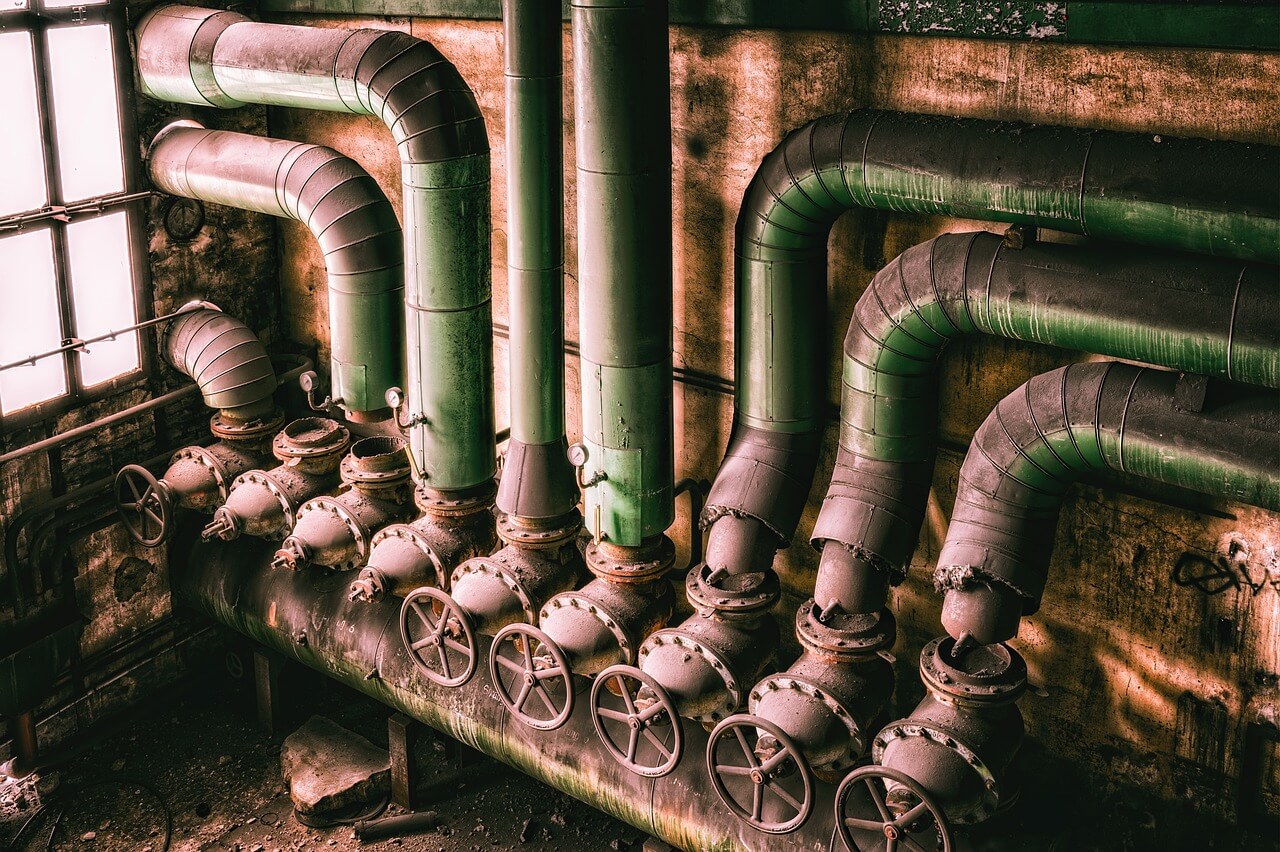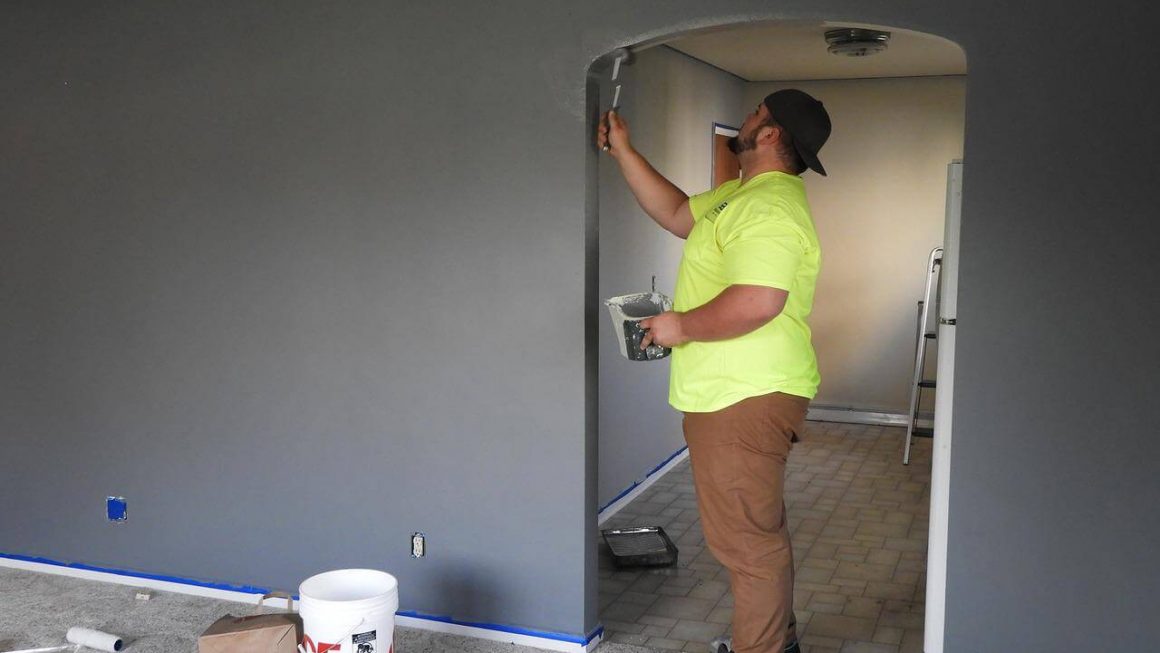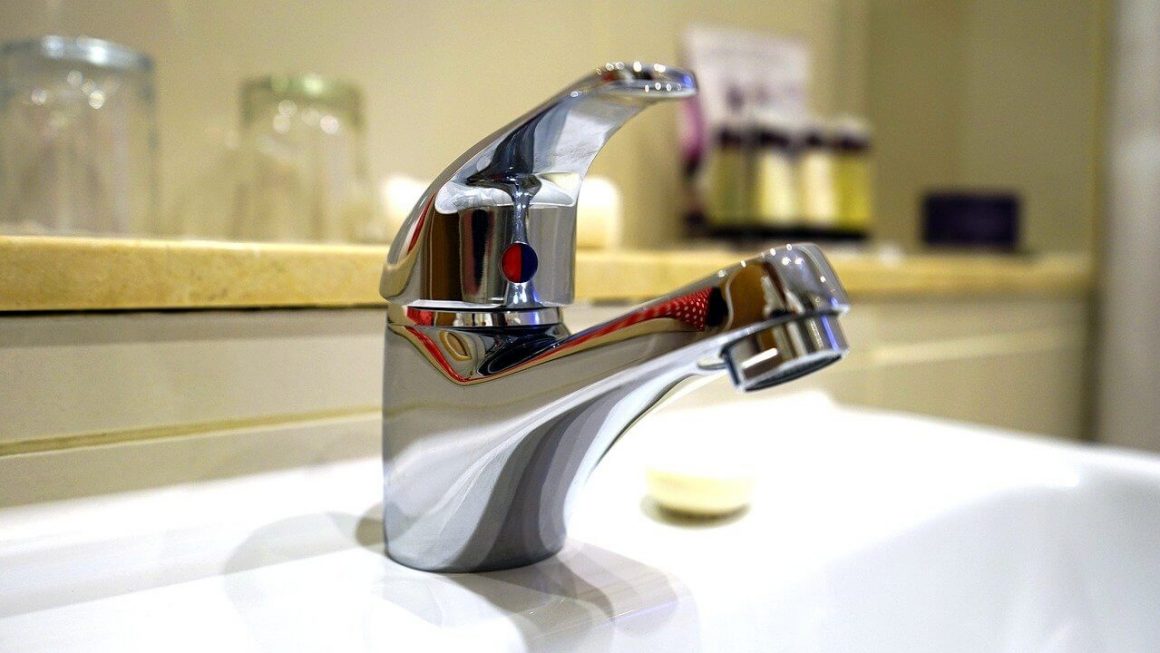At the fundamental level, valves are devices that regulate and control flow inside a system. You will see them having an array of qualities. These characteristics help specify their suitable application. Valves can help you control flow and impart safety in a system that’s piping gases or liquids. Valves regulate the pressure and flow in a piping system. They also throttle flow rates in it. It’s best to find a valve with an ISO 9001 approval. The providers of such valves also work with you to resolve specific problems you may face on your job site. They also impart advice on suitable products for particular jobs.
Common Types of Valves and Their Uses
Valves have different characteristics, groupings and standards. It gives you an idea about their applications and performance. You can classify the comprehensive range of valves by knowing about their designs. It will also help you find the suitable one for your specific project.
- Butterfly valves – These devices are appropriate for small spaces due to their wafer type design. It’s a quick-acting rotary motion device. You can find a butterfly valve in sizes from 50mm to 2400 mm in lugged, flanged and wafer. You can find each one of them with electric, manual, or pneumatic actuation.
- Ball valves– These devices use a ball to regulate flow. They offer easy on-off control. They have quick-acting 90-degree turn handles and are quicker and easier to work with.
- Gate valves – These are one of the most prevalent types of valves. They employ linear motion to begin and halt the flow. Generally, you can find them engaged in entirely open or closed positions.
- Check valves – They prevent backflow. These self-activated valves open automatically when media passes through them in the specified direction. They also close automatically when the flow reverses.
- Needle valve – This device is used in tiny diameter piping systems. The device is used when fine and correct flow control is required.
- Plug valve – This device utilises a quick-acting quarter-turn handle to regulate flow through tapered plugs. Plug valves offer some of the ideal ratings when tight shutoff is essential. They are suitable for high-pressure environments.
How to Choose Proper Size of the Valves?
While these devices are a small component of the piping process with regard to space, they are a big part of the design and construction budget. So, selecting the accurate size of the devices is significant to optimising expenses and making way for safe and reliable operation. Here are some points to consider for finding a proper size.
- Look into the overall size of the device. You should consider it both with respect to physical dimensions and internal size and flow rate.
- Never select valves that do not fit adequately in the space. It will only result in extra costs.
- Always choose valves that offer the ideal flow rate. Otherwise, it will result in inaccurate flow control. It can also cause a complete system failure.
- If you pick a tiny device, it can minimise flow downstream and create back-pressure upstream. In contrast, if the device is massive, the flow control will drastically reduce the more you move from fully closed or open.
- Look into connector diameter and the ultimate flow rate of the device with regard to your needs. Some of them give exemplary flow while others restrict it and raise pressure.
Knowing about the different valves and sizing will help you find the right one for your needs. As a result, you won’t ruin the budget you have set for your project.




